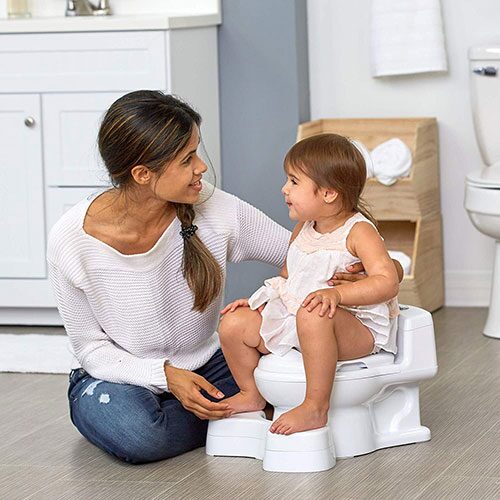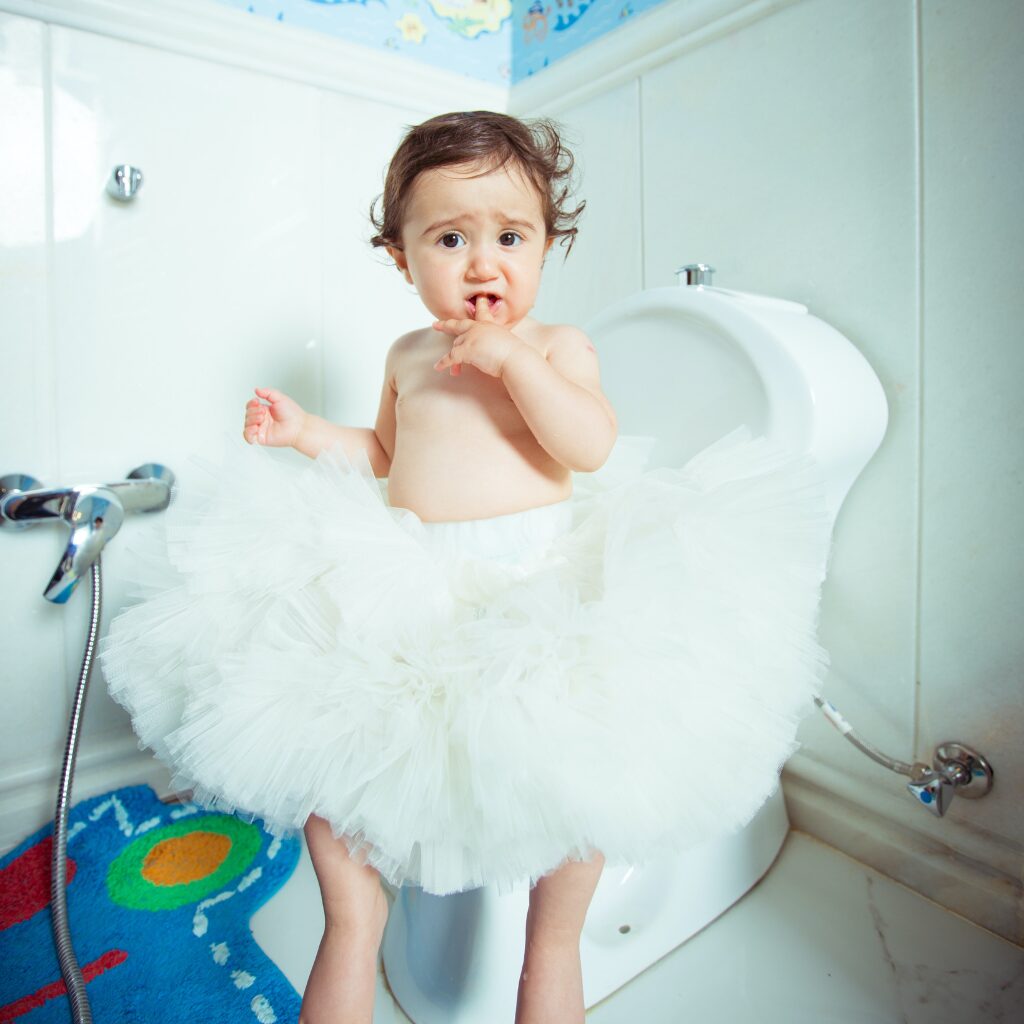Let’s face it, potty training can feel like a daunting task. Imagine tiny humans, overflowing emotions, and a seemingly endless stream of accidents. Fear not, weary parents! This guide is your roadmap to successful potty training, packed with tips, tricks, and a healthy dose of encouragement. So, grab your patience (and maybe a few extra pairs of pants), and let’s embark on this potty training adventure together!
Understanding the Signs of Readiness

Before diving headfirst into potty training, it’s crucial to ensure your child is actually ready. Think of potty training like riding a bike – they need the physical and mental maturity to navigate this new skill. Here are some signs your little one might be ready to ditch the diapers:
- Physical Development: Can they mostly stay dry for 2-3 hours at a time? This indicates bladder control is developing.
- Increased Awareness: Do they seem bothered by wet or dirty diapers? This shows an awareness of bodily functions.
- Mimicking Behavior: Do they show interest in using the potty, perhaps by watching you or playing with toy toilets? This signifies curiosity and a desire to imitate.
- Following Instructions: Can they understand and follow simple directions, like walking to the potty or pulling down pants? This is essential for successful potty training.
Setting the Stage for Success
Potty Powerhouse
Invest in a brightly colored potty chair that’s the perfect size for your child. Comfort and accessibility are key – they should be able to climb on and off independently. Consider fun stickers or decorations to make it even more inviting.
Preparation is Key
Stock up on comfortable, pull-up style underwear. Accidents happen, and these make cleanup easier for both you and your little one. Let them choose some fun designs to add excitement to the process.
Location, Location, Location
Pick a designated bathroom spot for the potty chair. Consistency is key, so having a familiar location creates a routine and makes them more likely to use it.
Potty Training Techniques

Timing is Everything
Start potty training when you have a dedicated chunk of time and minimal distractions. Avoid introducing it during stressful life events or major changes.
The Power of Routine
Establish a regular potty schedule, aiming for attempts every 2-3 hours. This helps your child’s body get used to the routine and anticipate bathroom breaks.
Positive Reinforcement is Your Friend
Celebrate every success, no matter how small! A big smile, enthusiastic praise, or a sticker chart can go a long way in motivating your child.
Accidents Happen – Don’t Sweat It!
Accidents are inevitable. Avoid scolding or getting frustrated. Instead, calmly help them clean up, reassure them it’s okay, and encourage them to try again next time.
Keeping Things Simple
Focus on the basics at first. Introduce the concept of “potty” and show them how to sit comfortably on the chair. Don’t force them to stay for long stretches – even a few seconds is a win!
Books and Toys Can Be Helpful Tools
Introduce age-appropriate books and toys about potty training. These resources can spark curiosity and provide a fun way to normalize the process.
Common Challenges and How to Tackle Them

Holding On for Dear Life
Some children might resist using the potty, clinging to their diapers for comfort. Be patient, offer reassurance, and avoid pressuring them. Let them know they can always wear a diaper if they feel unsure.
The Backslide Blues
Accidents can happen even after some initial successes. Don’t get discouraged! It’s a learning process, and setbacks are a normal part of the journey. Just stick to the routine and offer positive reinforcement.
Fear of the Flush
The loud flush can be startling for some little ones. Let them flush the toilet after you or consider using a quieter toilet seat.
Nighttime Training: A Separate Adventure
Nighttime training often takes longer than daytime control. Avoid pressuring your child and focus on daytime success first. When they’re consistently dry overnight, you can gradually introduce nighttime training techniques.
Patience is Key
Every child develops at their own pace. Some may be potty trained by 18 months, while others take closer to 3 years. Trust your gut, celebrate their progress, and avoid comparing your child to others.
Conclusion
Potty training can be a messy (and sometimes frustrating) adventure. But remember, it’s a significant milestone in your child’s development. With patience, consistency, and a whole lot of positive reinforcement, you’ll witness them gain independence and pride in this new accomplishment. So, embrace the journey, celebrate the victories (big and small!), and soon enough, you’ll be cheering them on as they graduate from diapers to big-kid underpants!
You May Also Like….
- The Ultimate Guide to Homeschooling Your Children
- The Ultimate Guide to Learning a New Language
- Nightlife: The Best Cities to Explore After Dark
FAQs
Q1: My child shows no interest in the potty. What should I do?
Don’t pressure them. Focus on creating a positive and relaxed environment around potty training. Read books, sing songs, and let them explore the potty chair at their own pace. They’ll show interest when they’re ready.
Q2: How long should each potty attempt last?
There’s no magic number. A few seconds is a great start! Avoid forcing them to sit for extended periods, as this can create a negative association with the potty.
Q3: Is nighttime training the same as daytime training?
Nighttime training often takes longer because bladder control develops gradually. Focus on daytime success first and introduce nighttime training when your child stays dry overnight consistently.
Q4: What about regression? My child was doing well, but now they’re having accidents again.
Regression is normal! It could be triggered by stress, a new sibling, or even a change in routine. Stay calm, stick to the routine, and offer extra reassurance. The regression will likely be temporary.
Q5: When should I consider professional help?
If your child is over 4 years old and still not showing significant progress with daytime potty training, consult your pediatrician. They can rule out any underlying medical issues and offer additional guidance.

